zero energy homes
October 21, 2019
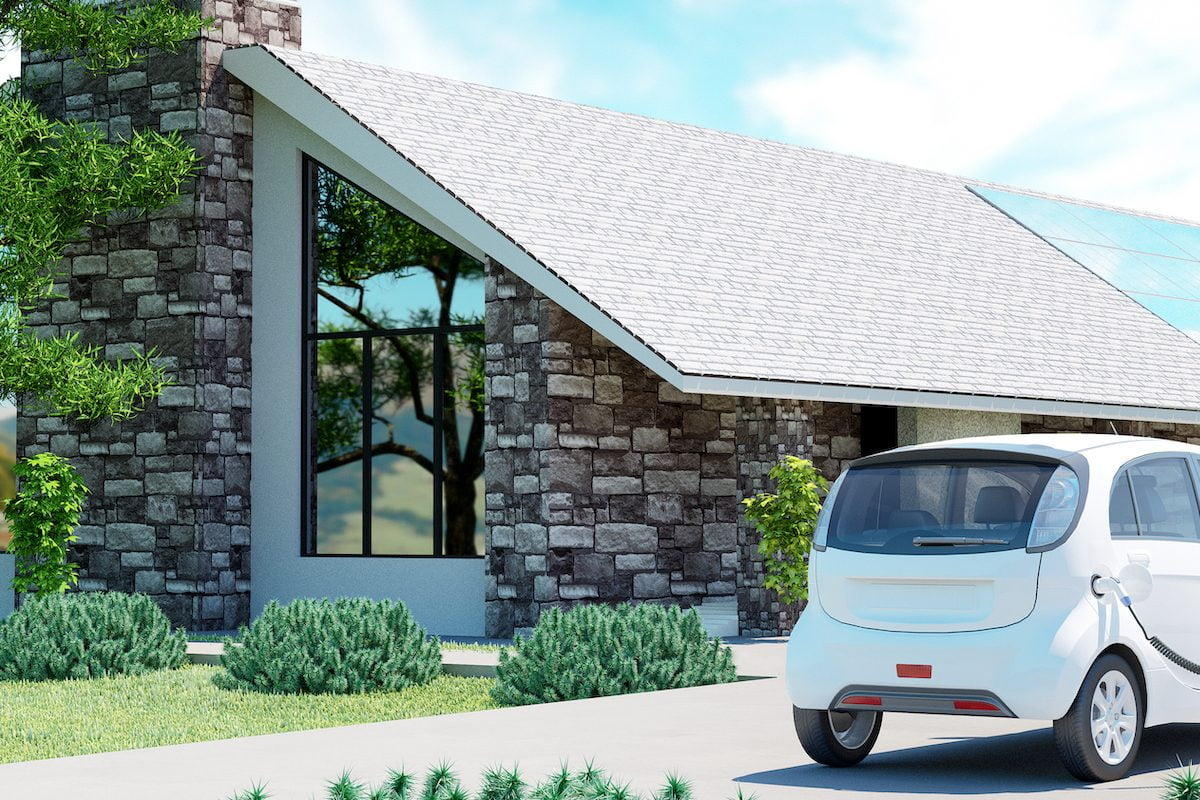
How many solar panels does it take to power an electric car?
This question is becoming more common as we begin to move past zero energy homes into the realm of positive energy. Homes can do more than power themselves. They can also put a huge dent in the energy use and carbon emissions from our personal transportation.
Read ArticleOctober 18, 2019

Zero Net Energy Buildings with Zero Net Added Cost
When you eliminate the cost of energy from your monthly budget, you also give your buying power a boost. With the right financing, energy efficiency is an investment that pays for itself. Here are several options for energy aware financing that will enhance the buying power of zero.
Read ArticleSeptember 10, 2019

We Electrified Everything – and So Can You!
This middle-class family disconnected from fossil methane and saved money. See their step-by-step approach to powering their home and car with renewable energy.
Read ArticleSeptember 5, 2019

Low Income Homeowners Benefit Most From Zero Energy Homes
There is a housing affordability crisis across the United States. Here are eight ways that zero energy helps make homes affordable for those that need it most.
Read ArticleJuly 18, 2019
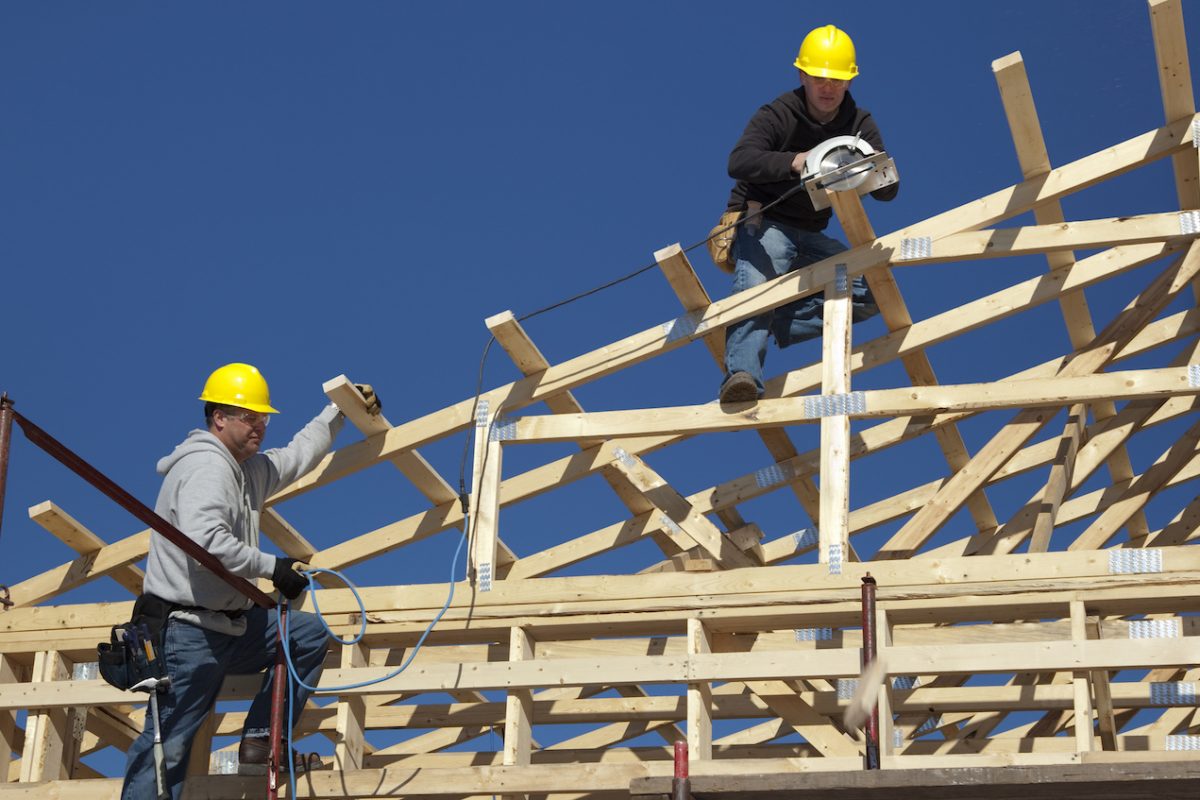
Growth in Zero Energy Home Building Continues to Surge
The most recent inventory of zero energy homes by Team Zero, formerly the Net Zero Energy Coalition, has just been released. The sector is steadily growing in the US and Canada.
Read ArticleJuly 14, 2019

Zero Energy: the Ultimate in Green Building
Energy efficiency is at the core of all green building certification programs. It’s time to ratchet up these modest improvements to make homes as green as they can be by operating them entirely with clean energy.
Read ArticleJuly 14, 2019

The Future is Electric
Natural gas is no more natural than coal or petroleum, and must be phased out rapidly. This means that all new buildings must be powered by clean electricity from renewable sources. It’s just common sense.
Read ArticleJune 18, 2019
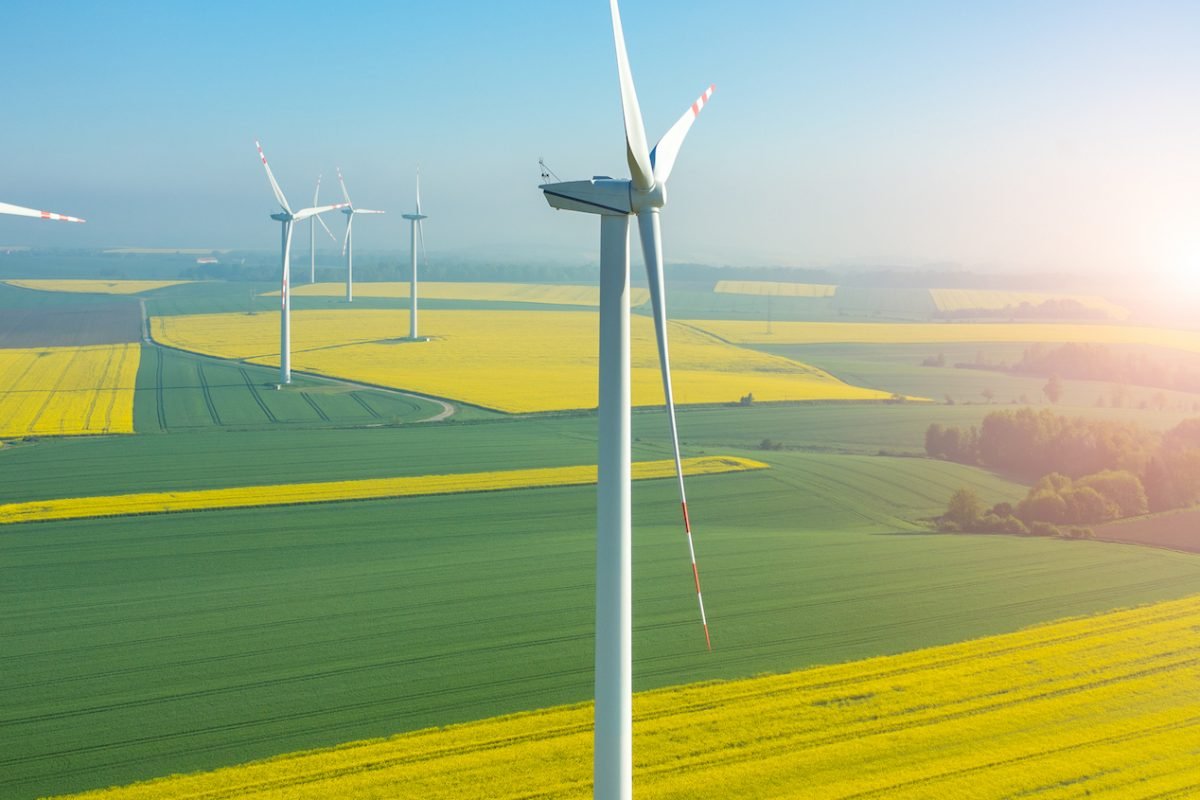
Getting to Zero: Buildings, Transportation and Agriculture
Energizing the Green New Deal Part Three is the final installment of our three-part series on realistic, primarily market-based methods for creating a zero carbon economy. Buildings are responsible for about 40% of greenhouse gas emissions and transportation for another 29%, so there is a lot of work to do there. Agriculture and forestry are two more fields that must be addressed.
Read ArticleJune 18, 2019
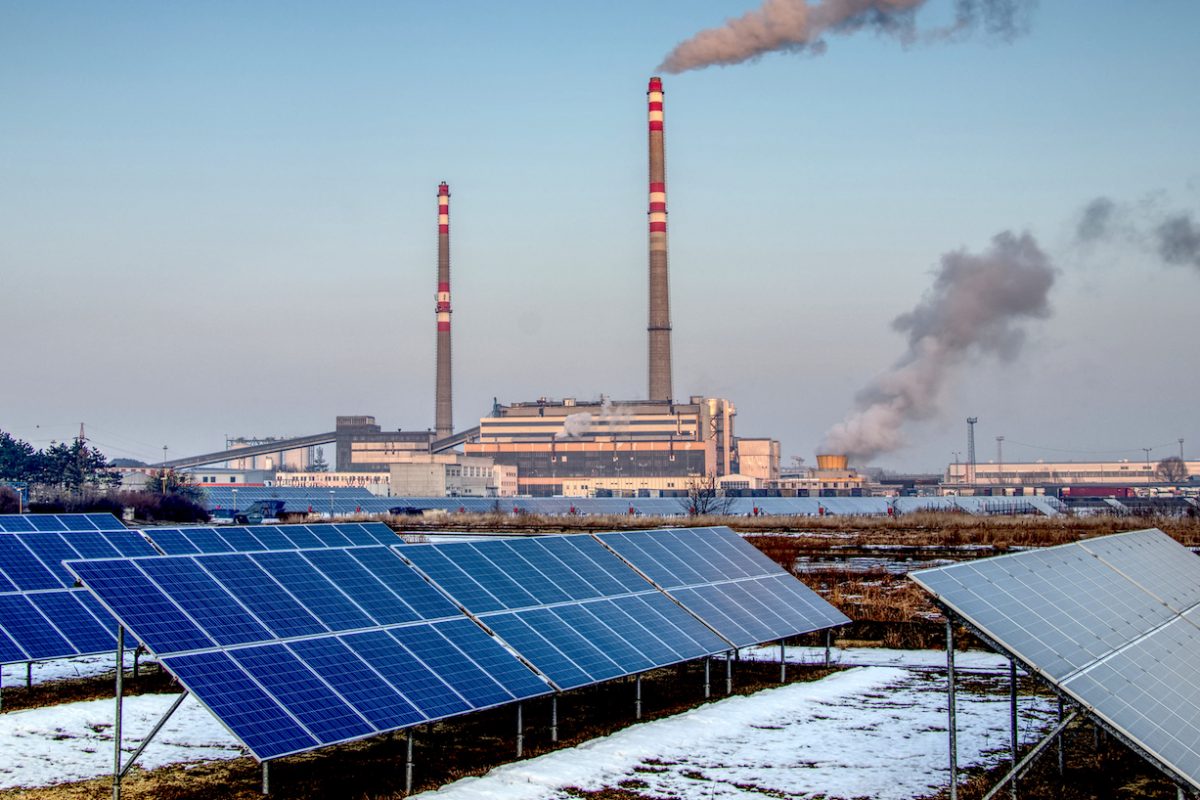
Getting to Zero: Utilities and Industry
The future is electric and the power will come mostly, if not entirely, from renewable sources. In Part Two of Energizing the Green New Deal, we get specific about strategies that utilities and heavy industry can utiliz e to address climate change and make a profit at the same time. Utilities will play a central role in guiding development of renewable resources and efficient ways to deploy them. Industry may present the greatest challenges, but there are existing technologies to smooth the transition, plus smart incentives and new technologies in the pipeline.
Read ArticleJune 3, 2019
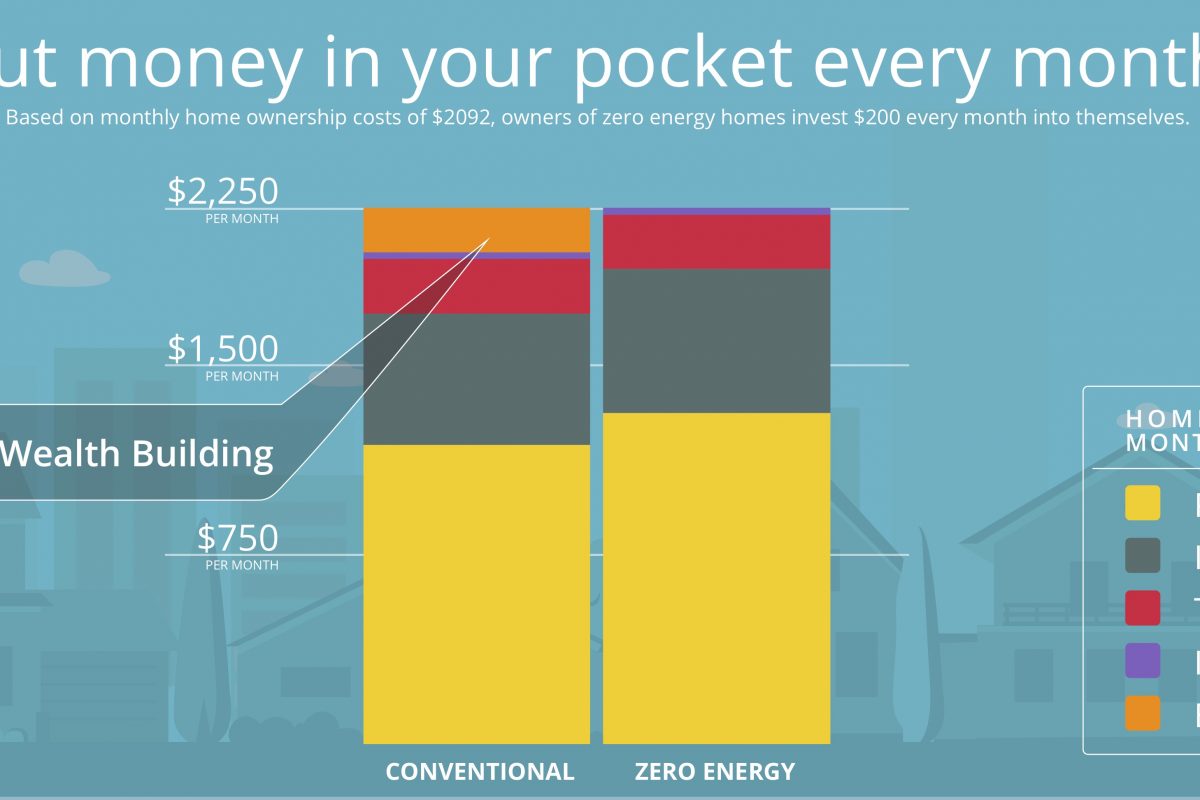
Financing Energy-Saving Improvements and Zero Energy Homes for All
Saving energy is the same as earning money. You can use these earnings to finance energy improvements that pay for themselves. Learn how to turn a monthly expense into more comfort and value in your home.
Read ArticleMay 20, 2019

New In-store Label For Window Coverings Will Give Shoppers A Clear View Of Energy Savings
It’s no surprise that covering cold windows enhances comfort and improves building energy performance. However, until now there hasn’t been a reliable way to measure or express the efficiency of shades, blinds, shutters and storm windows. Now there is, thanks to the recently created Attachments Energy Rating Council.
Read ArticleMay 17, 2019
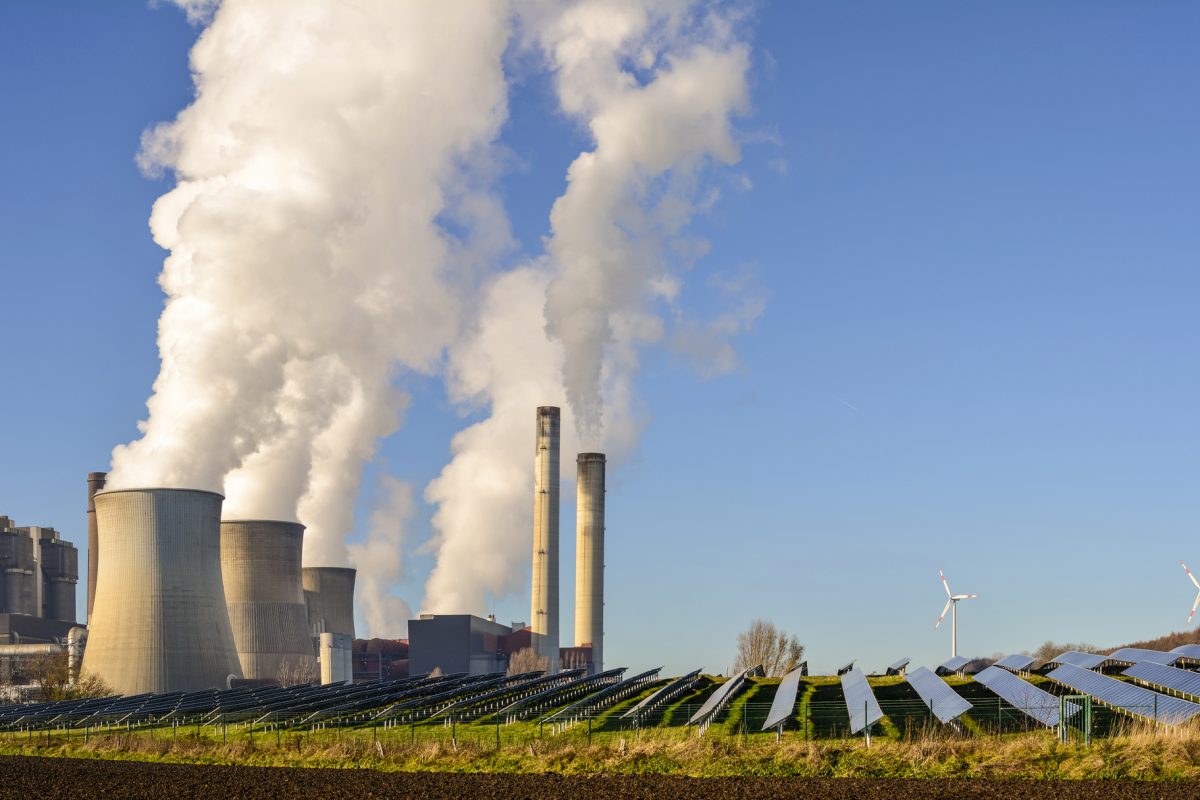
The Green New Deal: Is it Just As Dangerous as Climate Denial?
The proposal from progressive representatives in Congress is big on aspiration and short on detail. What is the Green New Deal and does it offer a realistic strategy for climate action?
Read Article